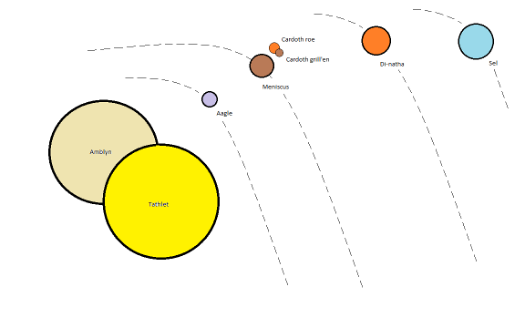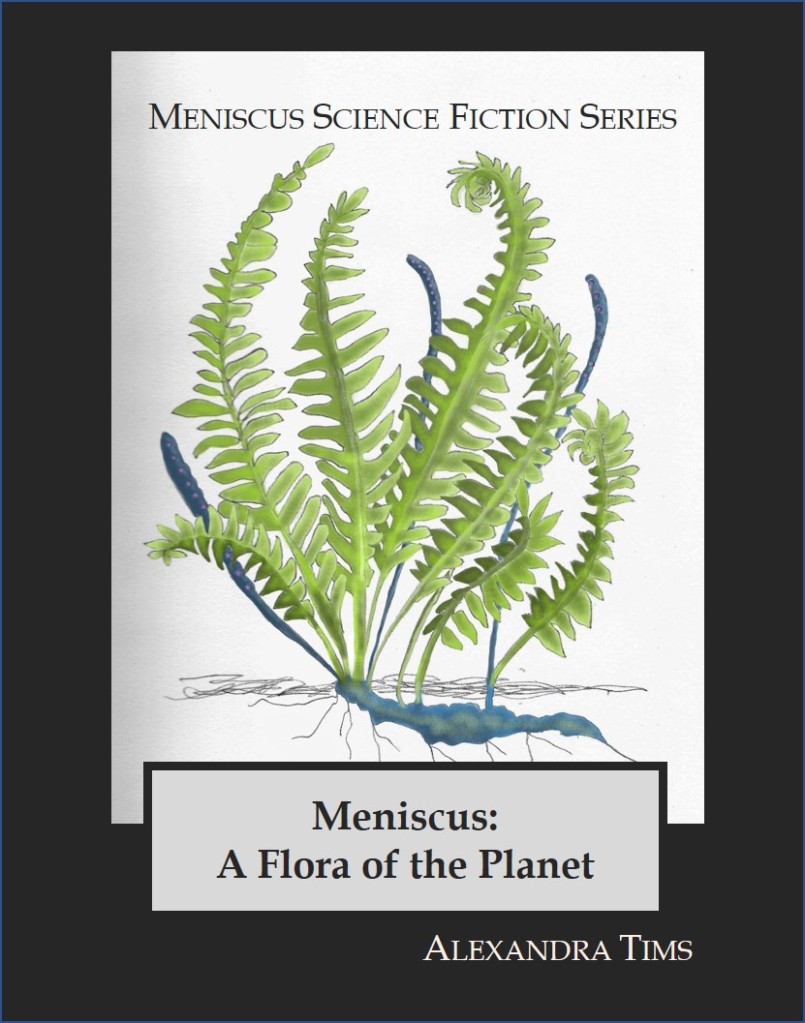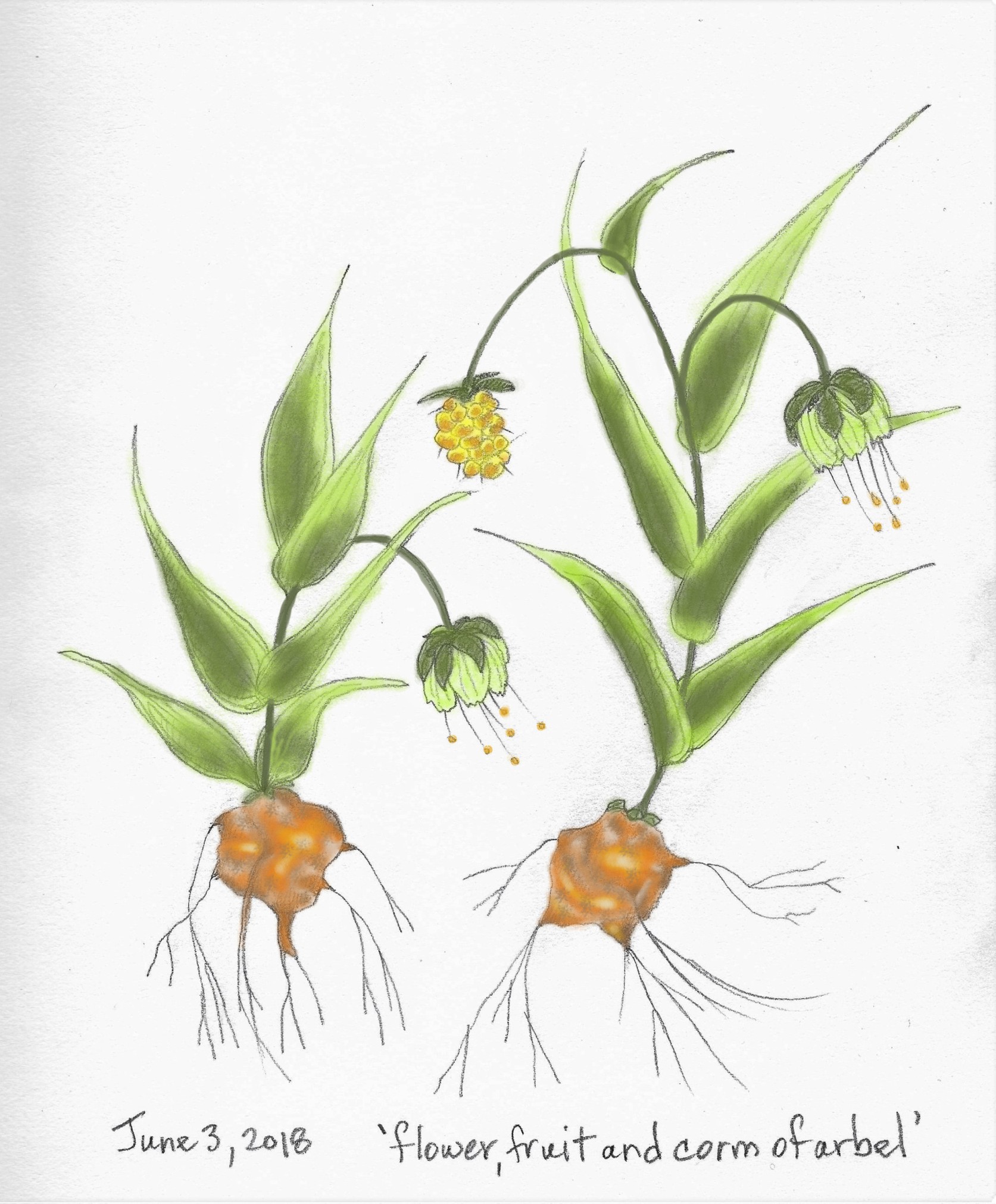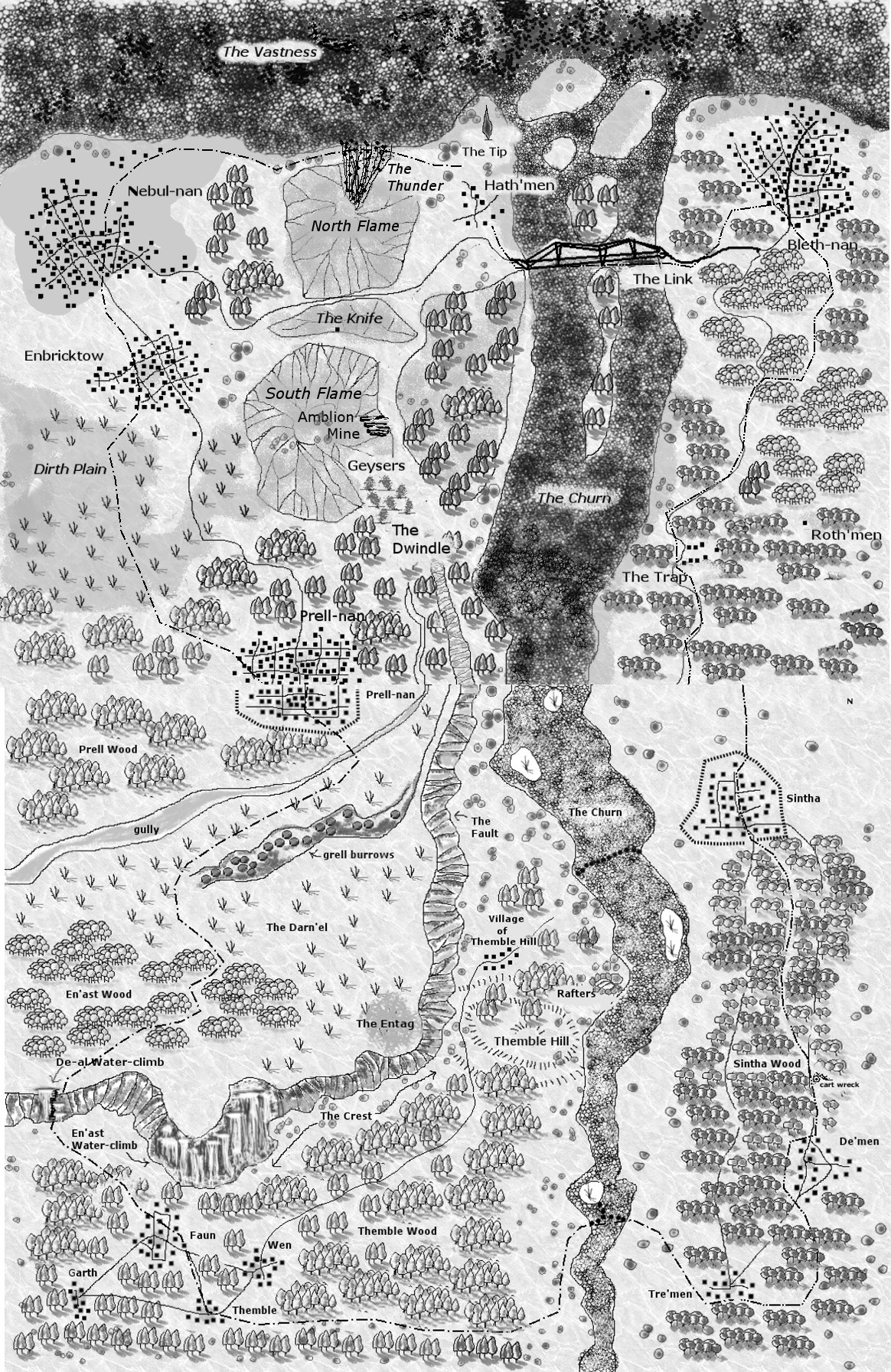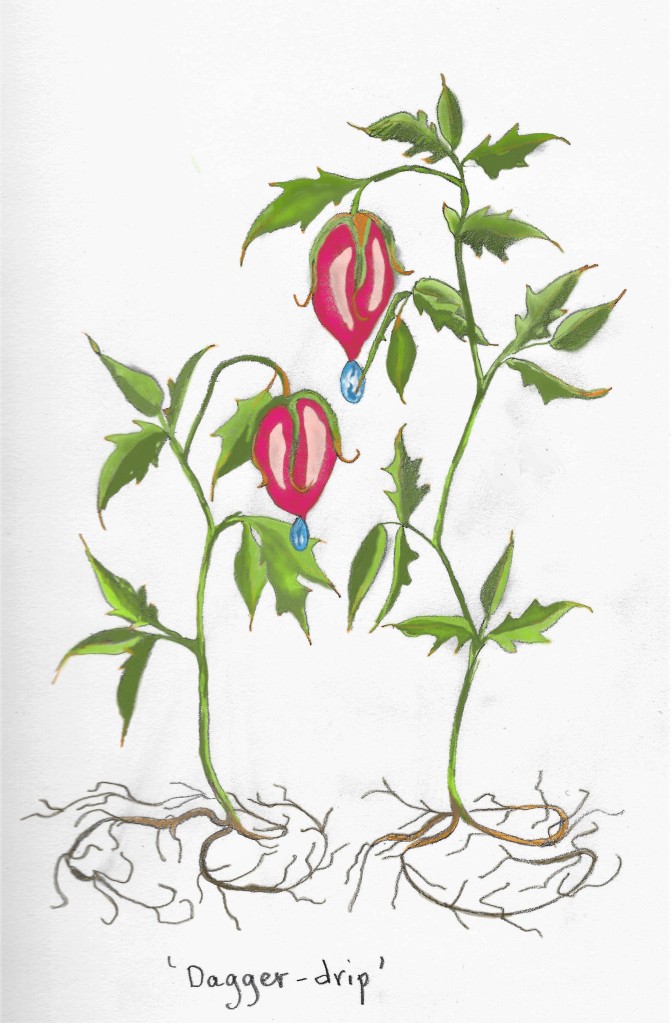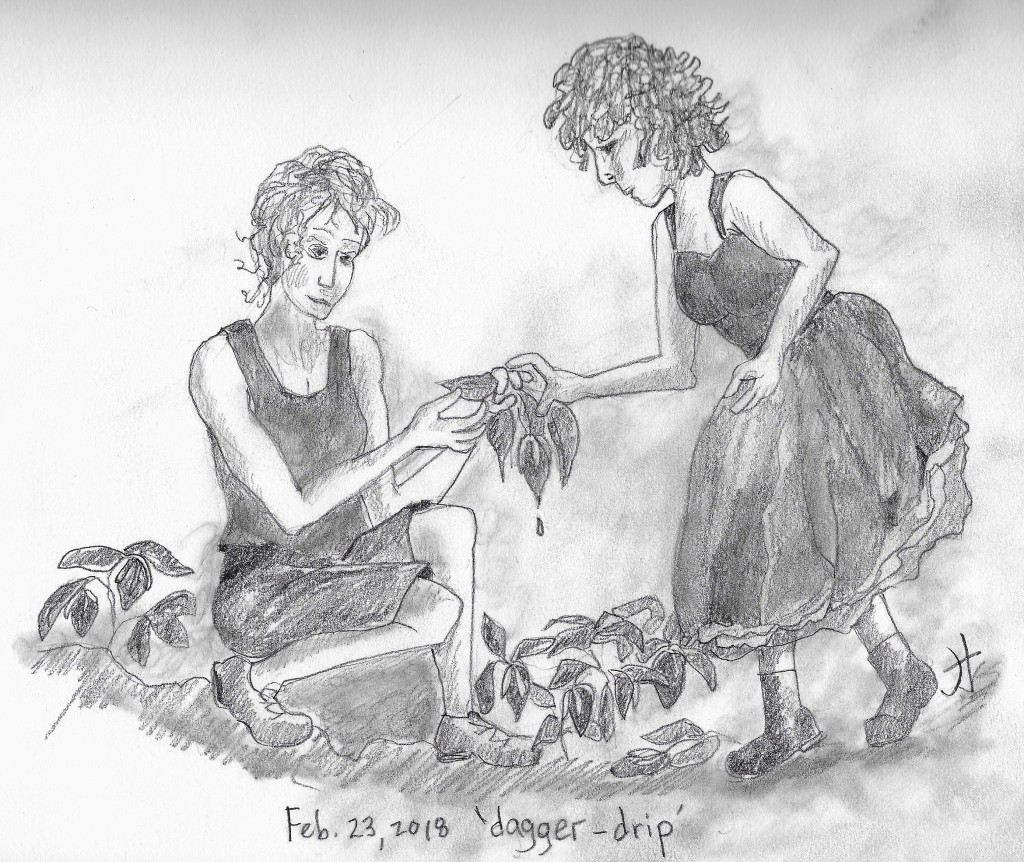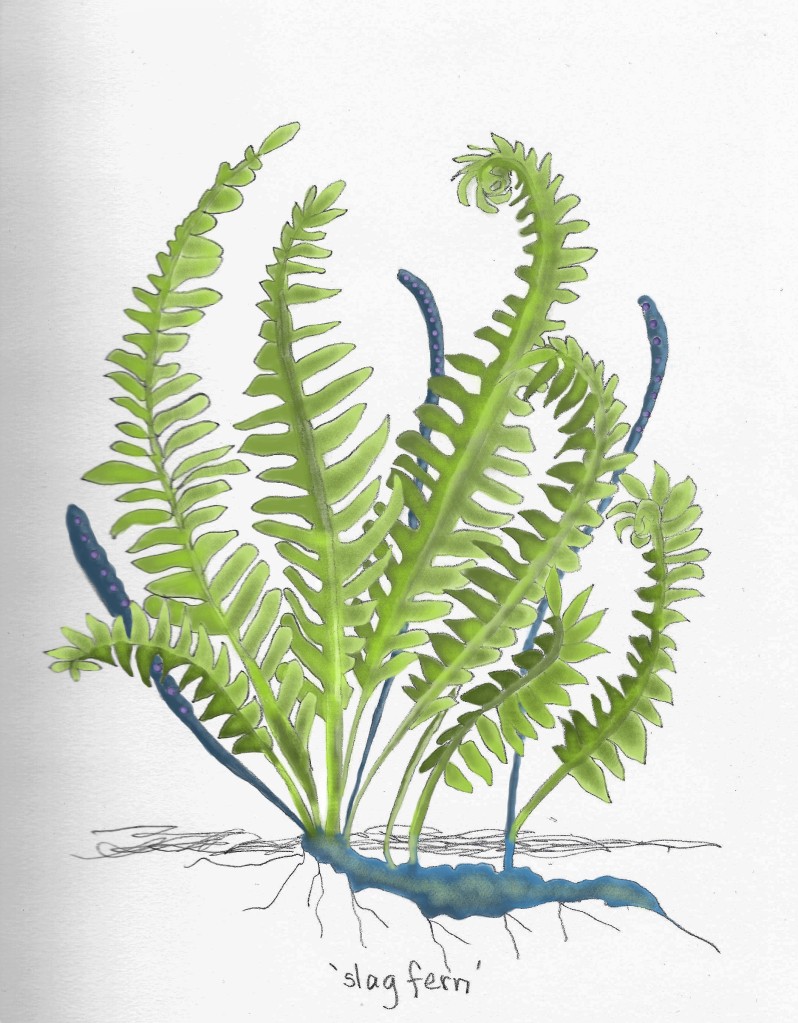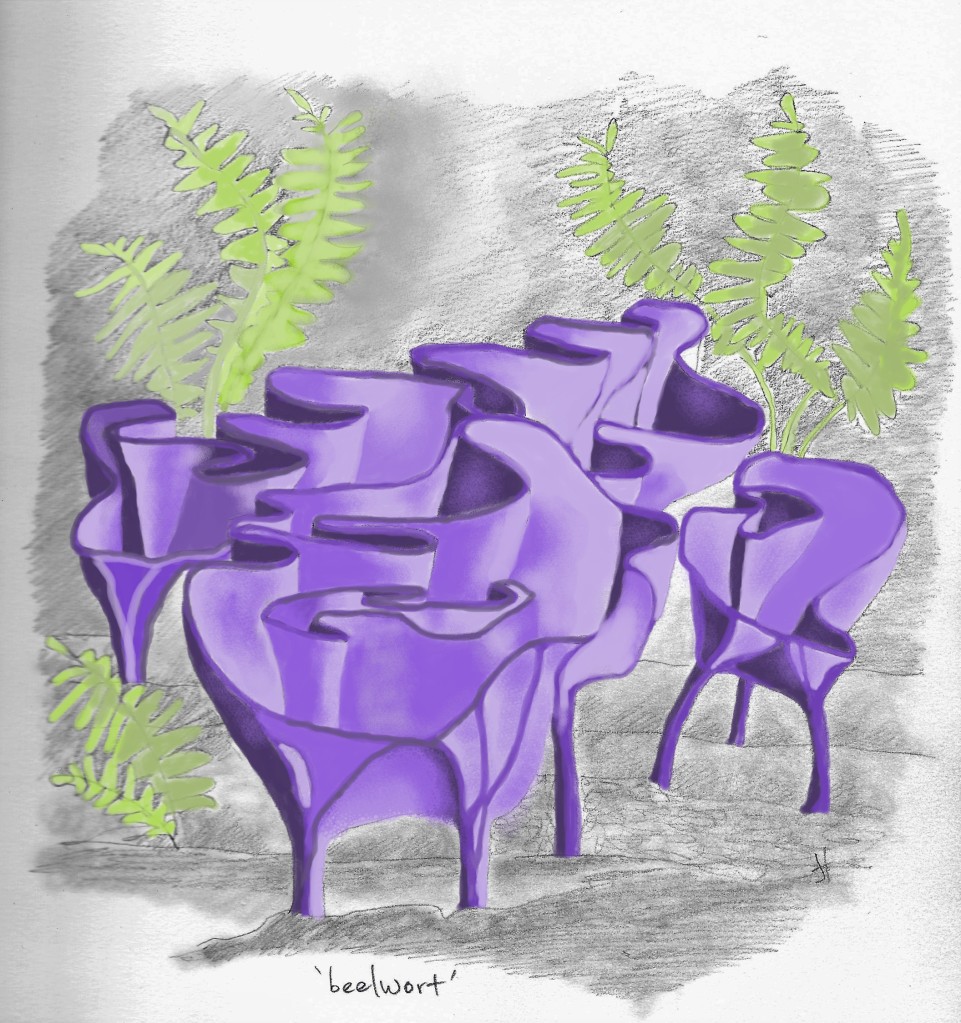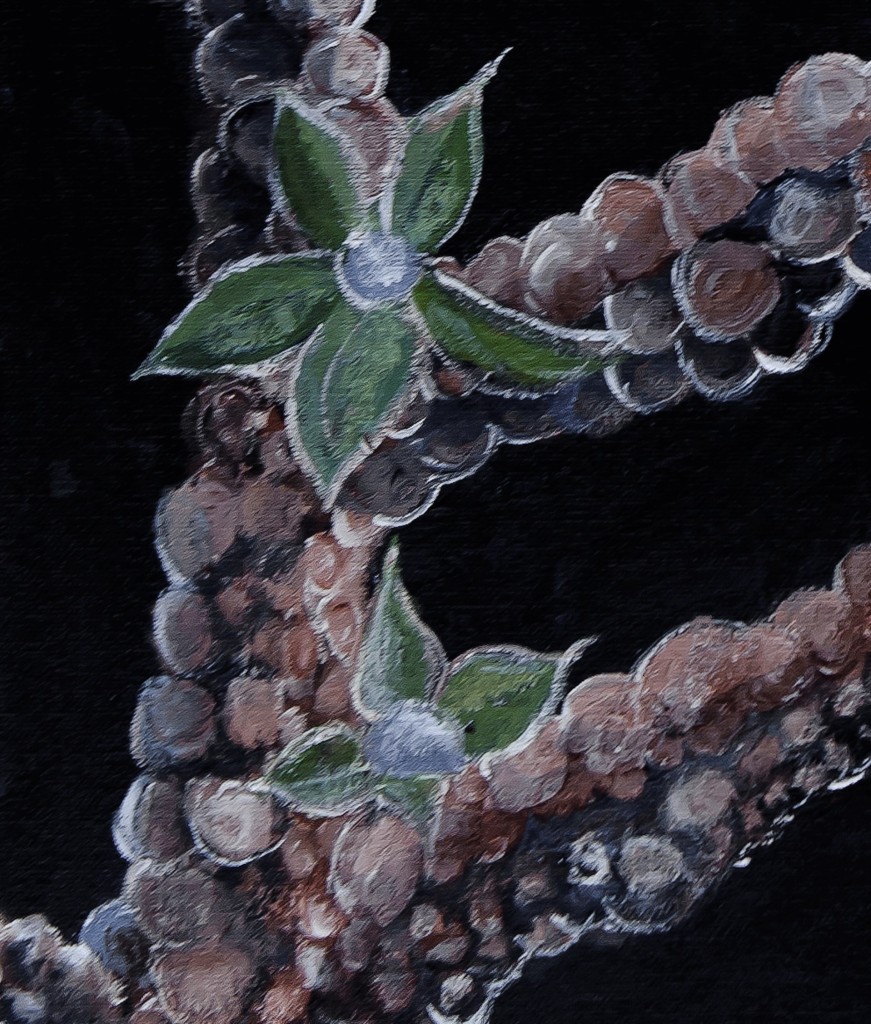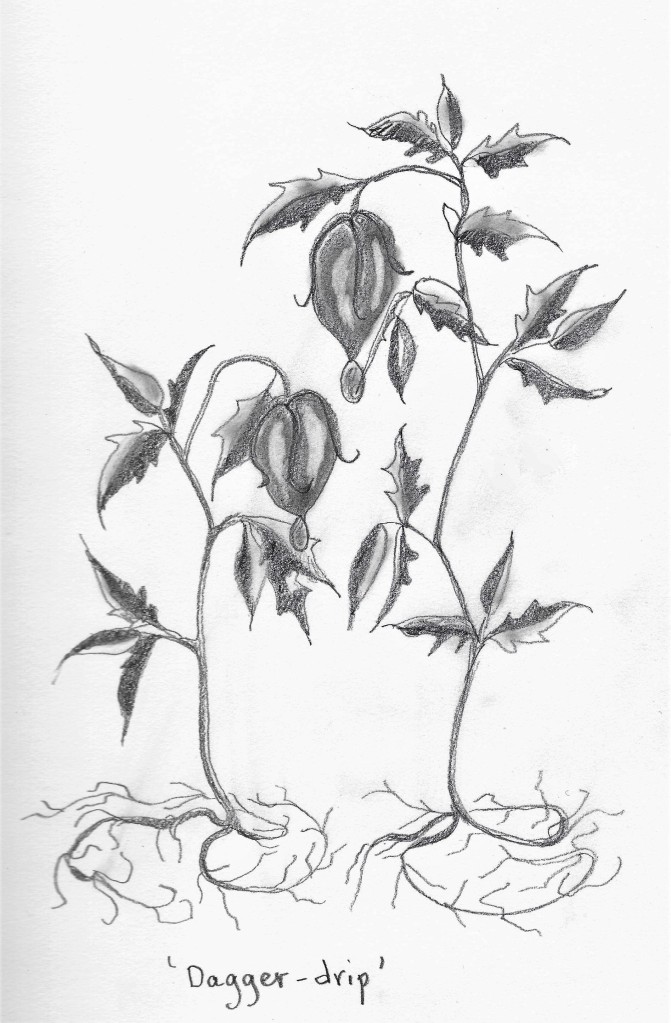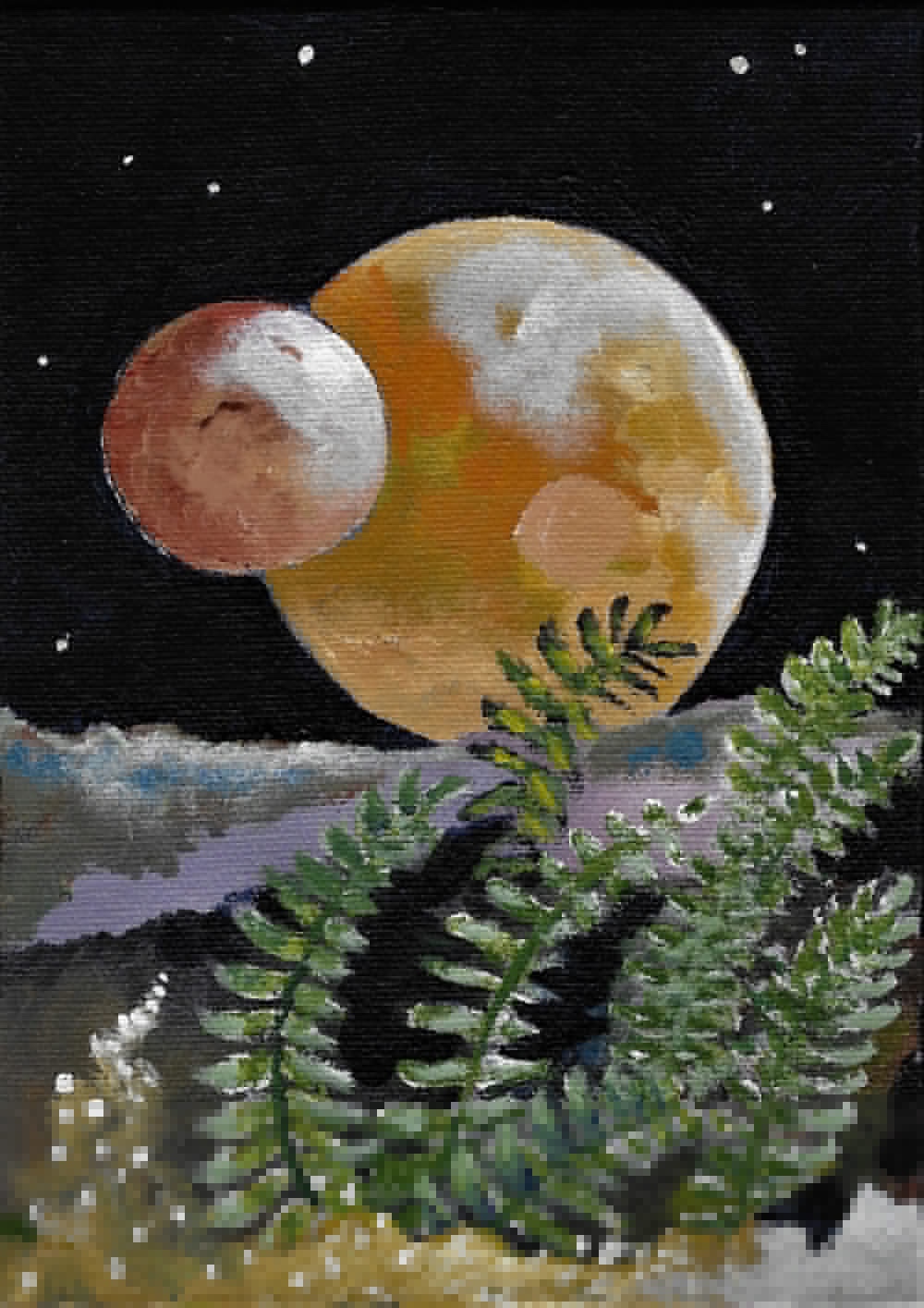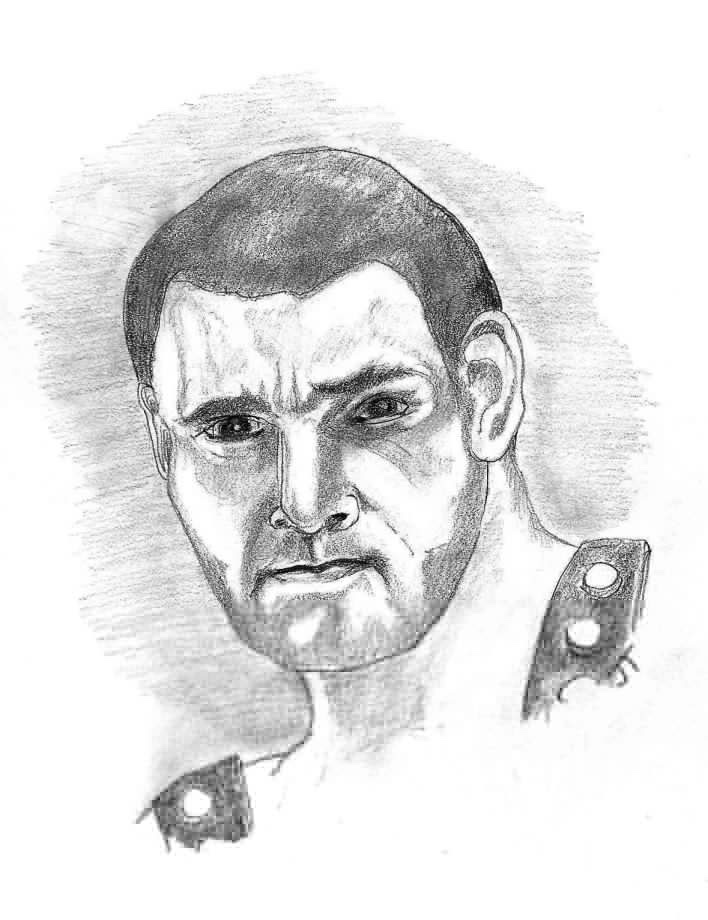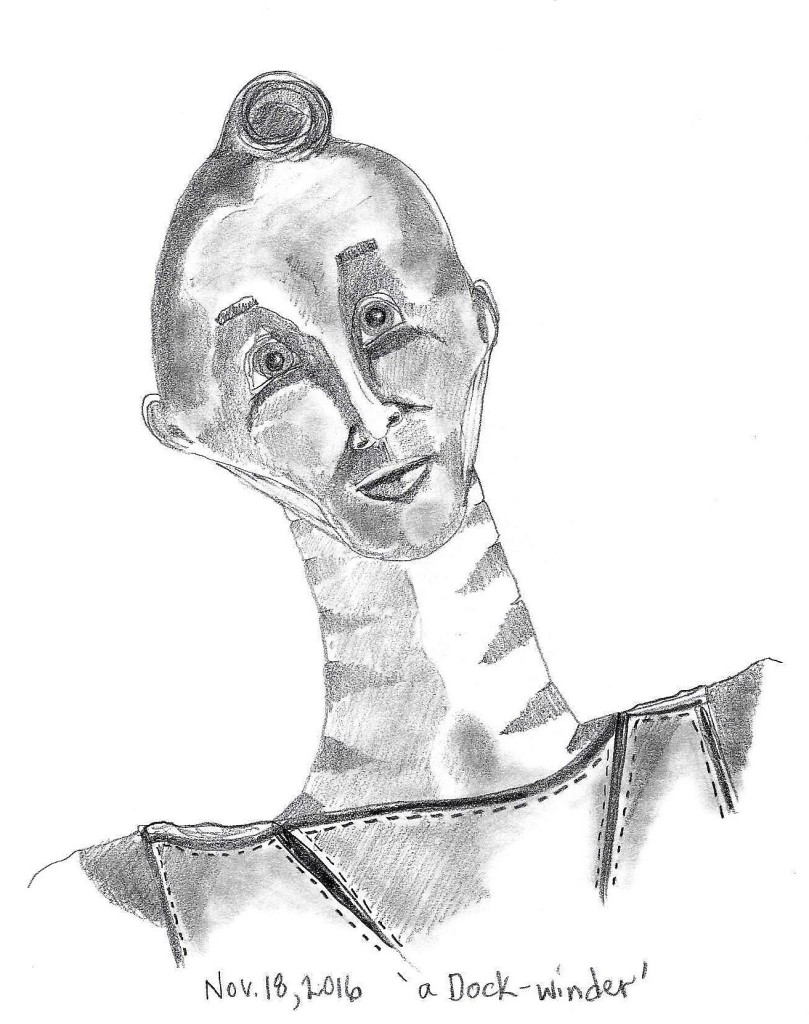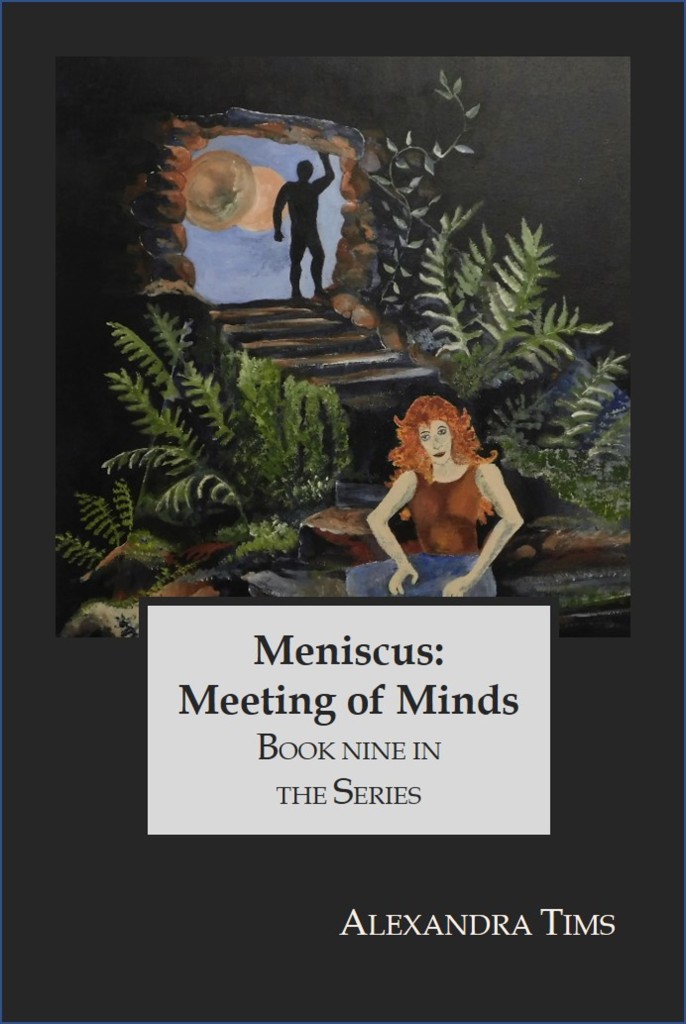Today, after many hours of editing and formatting, I sent for a proof of my new book in the Meniscus Science Fiction Series. Meniscus: Reckoning will be out in early May. This will be the story of a perilous journey to a distant city, over difficult alien landscape, to rescue a member of the Human Resistance. The book is set in the El’ban District of Meniscus, a city mentioned but not visited in other books in the Meniscus Science Fiction Series.
~
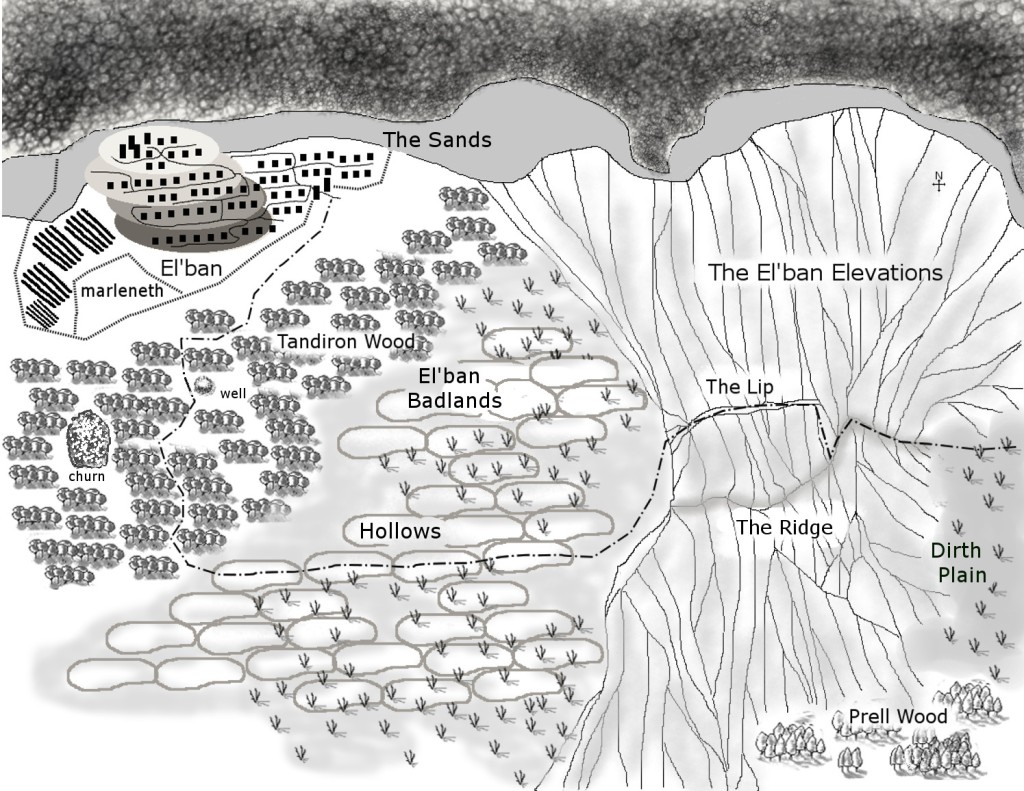
~
Preparing for independent publishing of a book involves many steps. After finishing the final draft of a book, there is still a lot of work to do.
- incorporate the editorial comments of my editor Lee Thompson. He has been with me since Meniscus: Crossing The Churn and through the next twelve books in the Series. He understands what I am trying to accomplish with these stories and has taught me to write my alien characters without using words that feel too Human. For example, when one of my aliens is hungry, he should not want ‘his supper’ but ‘his evening meal,’ his athlan-doe. Lee has also taught my characters to frown less;
- read through the entire draft, making minor changes to small words and phrases, looking for inconsistencies;
- do a final revision of the Meniscus map and make sure location names match those in the text. I also check the east, west, north and south references to make certain they sync with the map;
- add page numbers — very challenging for me. I have learned how to remove page numbers from blank pages and pages with illustrations. However, starting the numbering on the correct page and separate numbering of the front matter (the first section of any book) always gives me trouble. Some of the last edits – to make certain all illustrations are on an even-numbered page (the left side of an open book) and all Chapters begin on an odd-numbered page (the right side of an open book);
- position illustrations consistently on the pages;
- create a pdf version of the manuscript and follow the steps to download the book to KDP (Kindle Direct Publishing where I self-publish my books);
- create the main cover in GIMP and download to KDP. For the proof, I am using a black and white drawing. This week I will create a painted version of the chosen drawing in acrylics for the final book cover;
- use the KDP tools to merge the cover and pdf document into a print-ready virtual book. This virtual version of the book shows me what the paperback book will look like. In spite of its usefulness, I still need a proof, in real book form, to be sure everything is the way it should be;
- fix any final edits;
- send for the proof!!!!
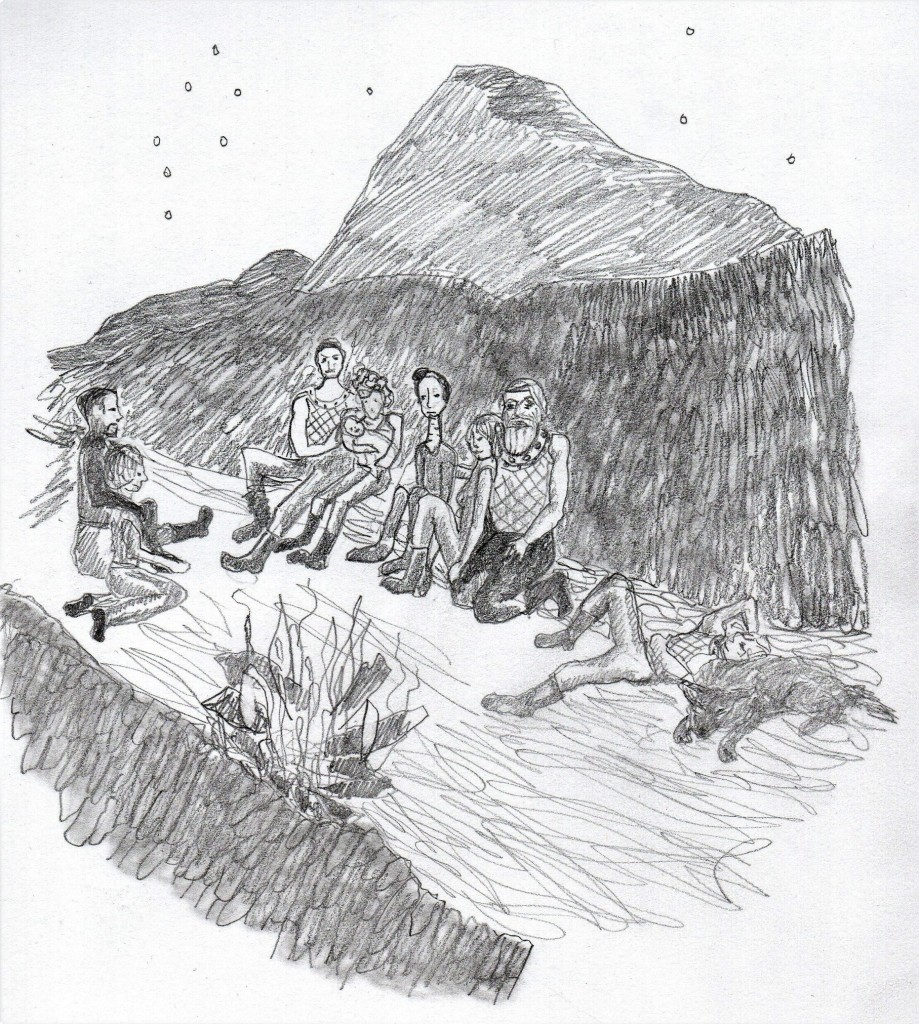
~
Here is a first glimpse at what the final book will look like:
~
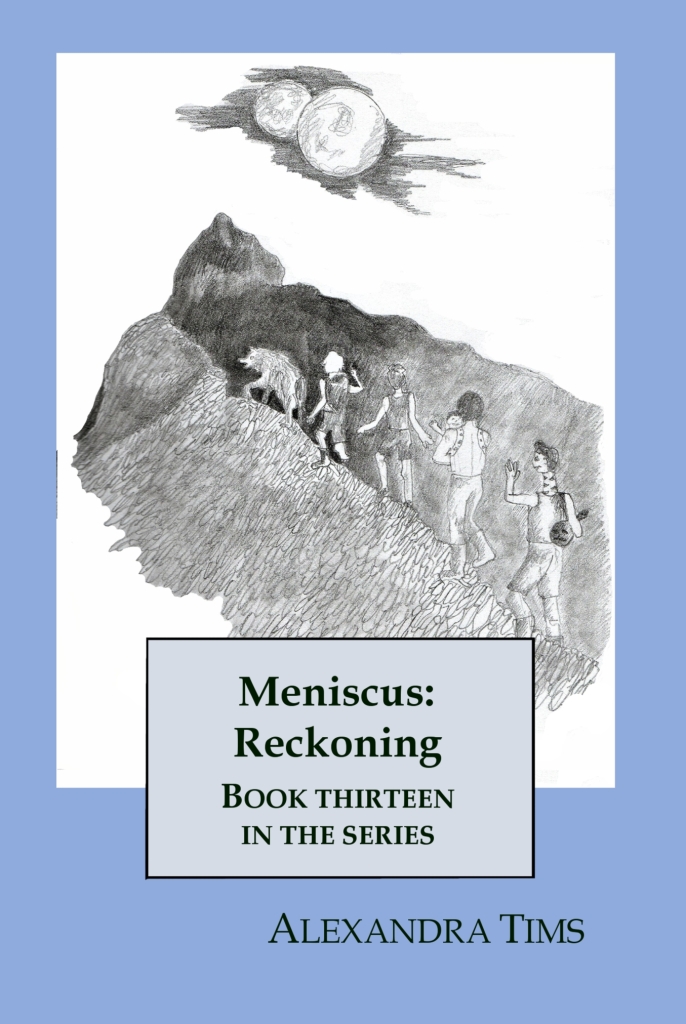
~
When the proof arrives I will have another chance to scout out any problems before I finally push ‘Publish’ !
~
All my best!!!
Alexandra (a.k.a. Jane)

